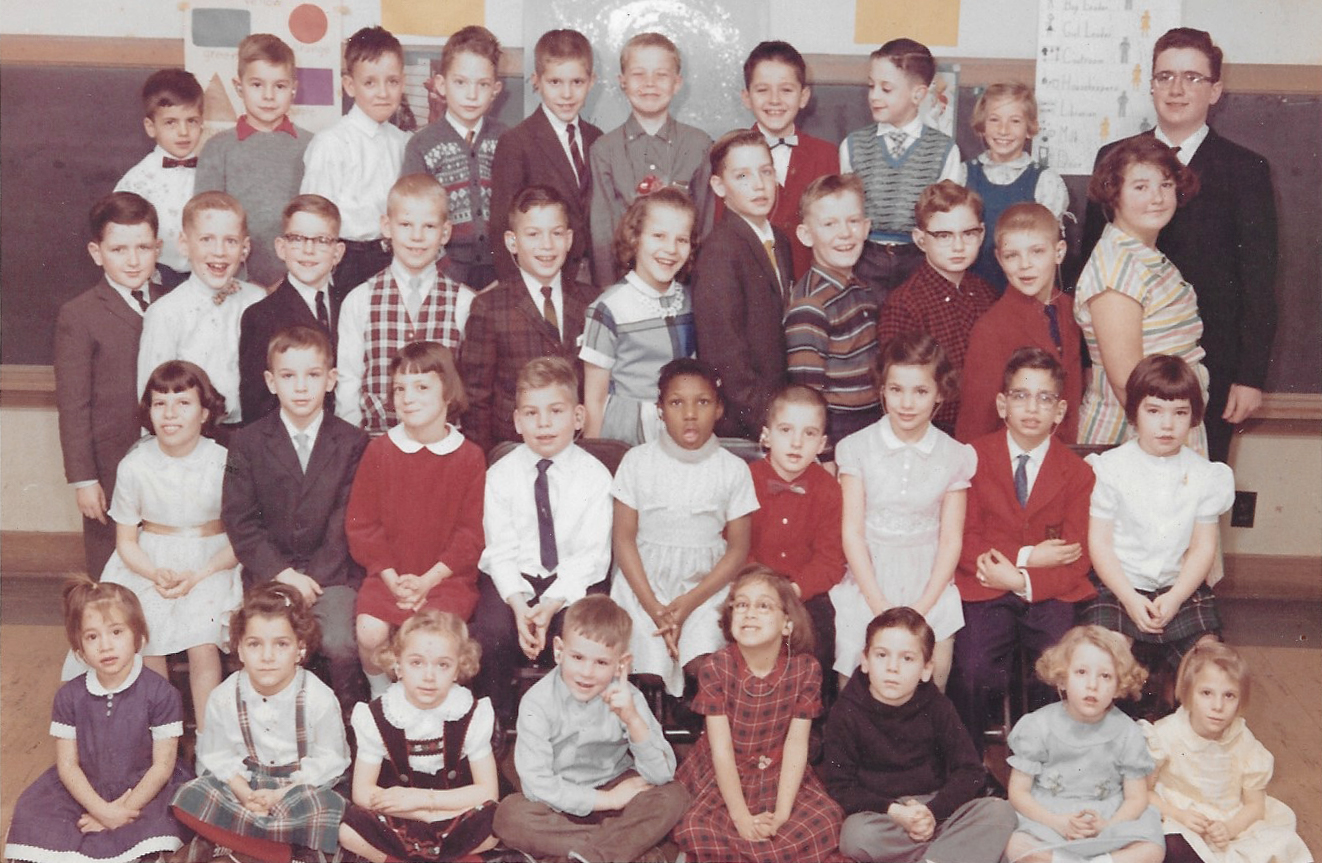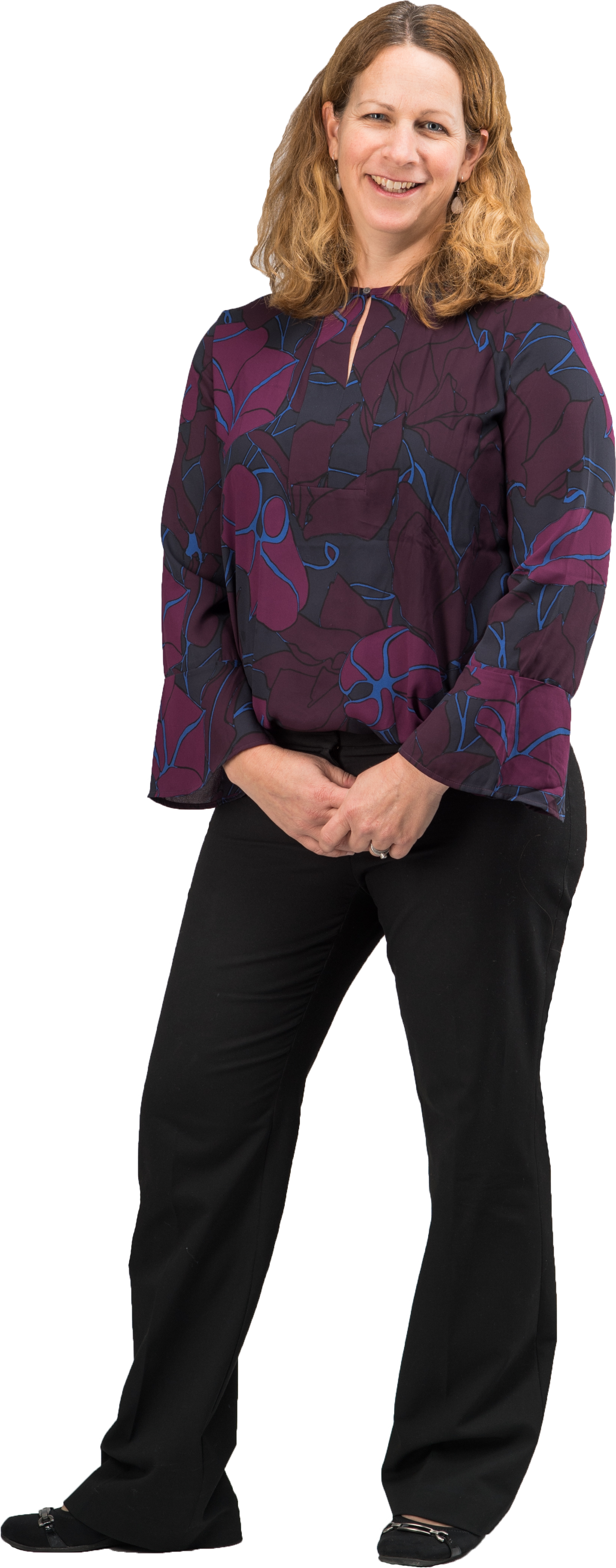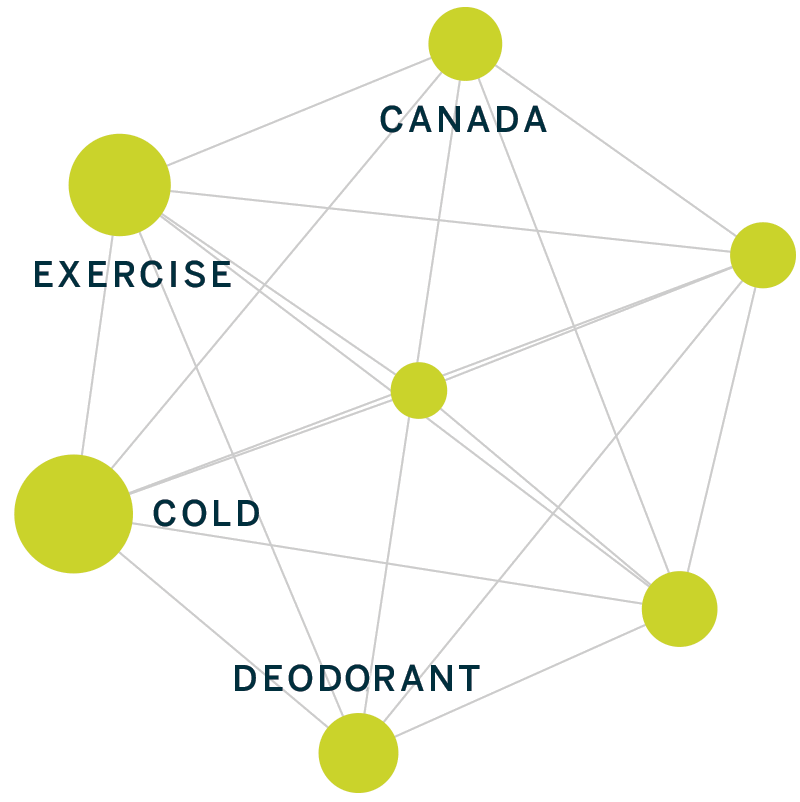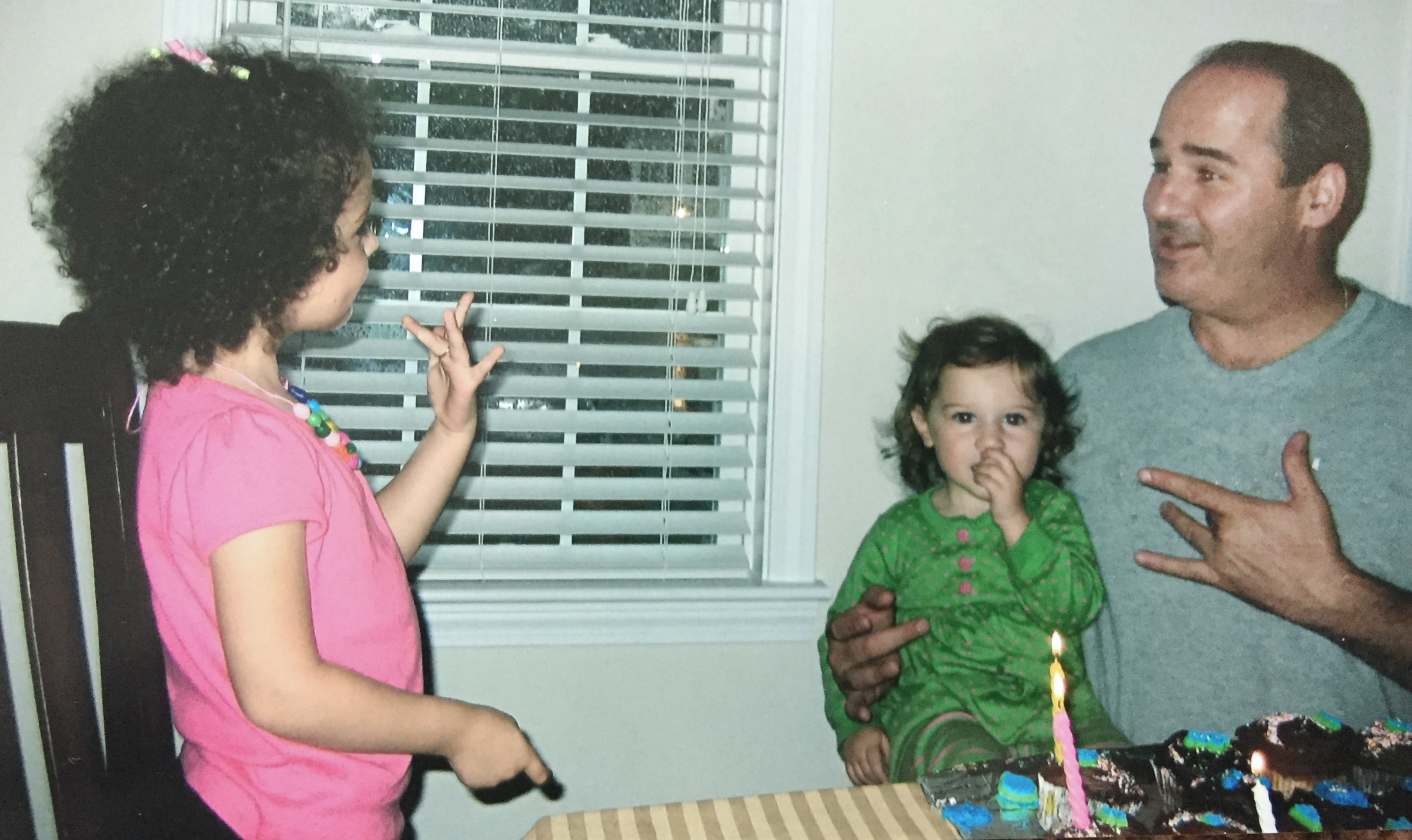Getting the Word In
BU Deaf Studies researchers look for ways to prevent deaf children from being deprived of language.
A few years ago, Naomi Caselli, a Boston University Deaf Studies researcher, stumbled upon her father’s faded class picture from the 1960s. He stood in the back, a suited adolescent in a sea of elementary schoolchildren. Caselli assumed he was a teacher’s aide.
He wasn’t. Her father had been held back.
He had lagged behind his peers for a specific reason. Caselli’s father, Raymond Kenney, is profoundly deaf in both ears. He was in a class for deaf and hard-of-hearing children, but they didn’t teach sign language there. Instead, teachers spent years coaching him to speak using physical and visual cues. Over and over, they sounded out words like ‘ball,’ repeating ‘bah-bah-bah’ while holding his hand at their mouths to show him how to mimic the vibrations. “They really wanted him to speak,” says Caselli.

By age eight, he knew a few basic words, but he could not speak in sentences and used made-up gestures to communicate with his family. He did learn to read, however, and excelled in math and science as a teen.
At age 19 at the National Technical Institute for the Deaf at the Rochester Institute of Technology, he got his first look at American Sign Language (ASL) in practice among other deaf students. “I was enthralled,” says Kenney, who immersed himself in learning the language. “A lightbulb went on.”
Today, he still struggles with reading and expressing himself in written English, frustrations that evoke his childhood, when his ability to communicate was so limited. “I’m still connecting to that anger,” says Kenney, who is now a Certified Deaf Interpreter.
“He’s a beautiful signer now,” says Caselli, who is hearing but learned ASL alongside spoken English from birth. “But that’s uncommon for people who’ve had a similar experience.”
Today, ASL has been accepted as a full-fledged language with all of the complexity, structure, syntax, and storytelling found in spoken languages. Also, elementary and secondary school programs for the deaf teach and assess ASL proficiency using accepted measurement tools, some of which were developed at BU.
But language deprivation remains a real problem for deaf children. “Kids today are still having much the same experience that my dad did,” says Caselli. “It is not a thing of the past.”





Comments & Discussion
Boston University moderates comments to facilitate an informed, substantive, civil conversation. Abusive, profane, self-promotional, misleading, incoherent or off-topic comments will be rejected. Moderators are staffed during regular business hours (EST) and can only accept comments written in English. Statistics or facts must include a citation or a link to the citation.